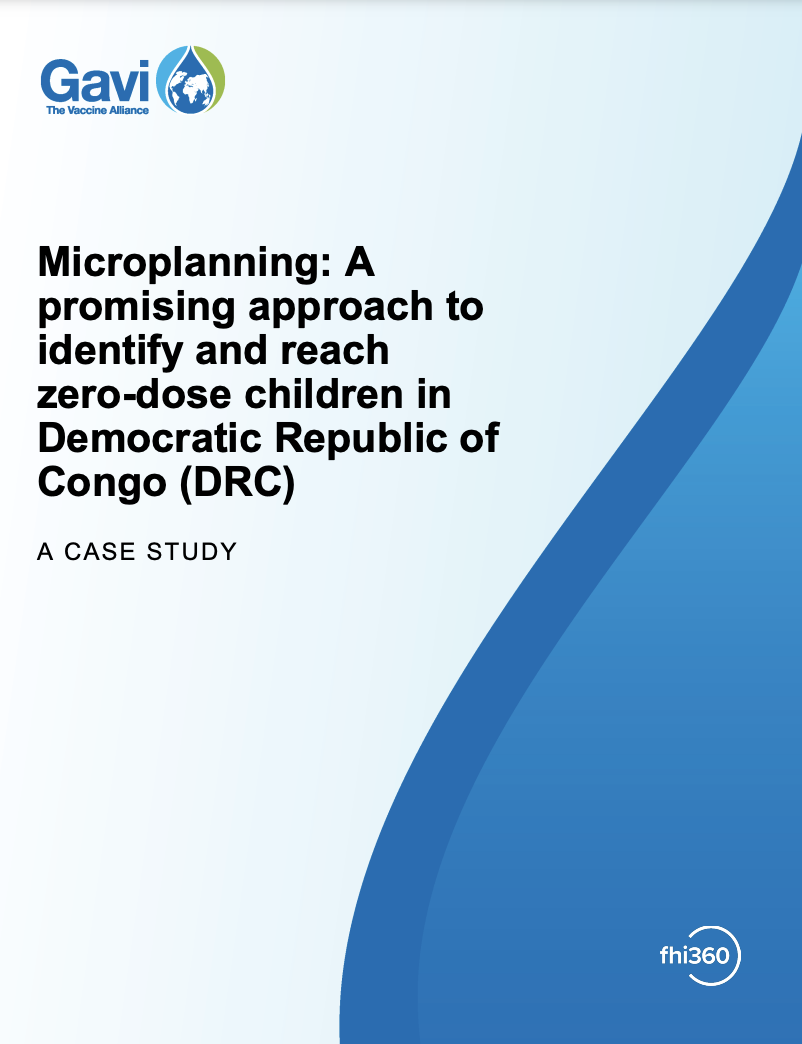Research
Differences between gridded population data impact measures of geographic access to healthcare in sub-Saharan Africa
Access to healthcare is imperative to health equity and well-being. Geographic access to healthcare can be modeled using spatial datasets on local context, together with the distribution of existing health facilities and populations. Several population datasets are currently available, but their impact on accessibility analyses is unknown. In this study, we model the geographic accessibility of public health facilities at 100-meter resolution in sub-Saharan Africa and evaluate six of the most popular gridded population datasets for their impact on coverage statistics at different administrative levels.
| Authors | Fleur Hierink, Gianluca Boo, Peter M. Macharia, Paul O. Ouma, Pablo Timoner, Marc Levy, Kevin Tschirhart, Stefan Leyk, Nicholas Oliphant, Andrew J. Tatem & Nicolas Ray |
|---|---|
| Source | Communications Medicine |
| Published | 2022 |



